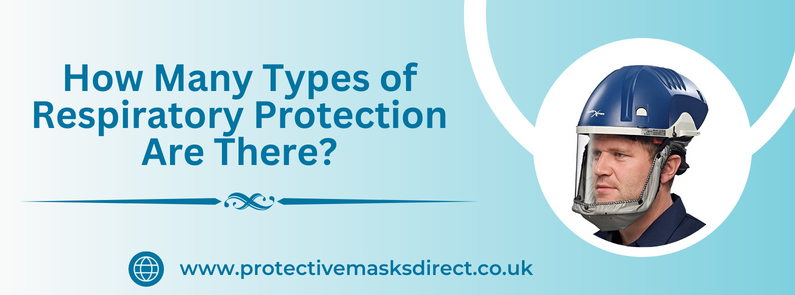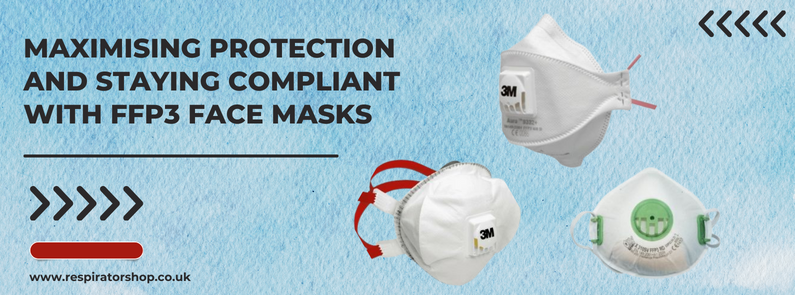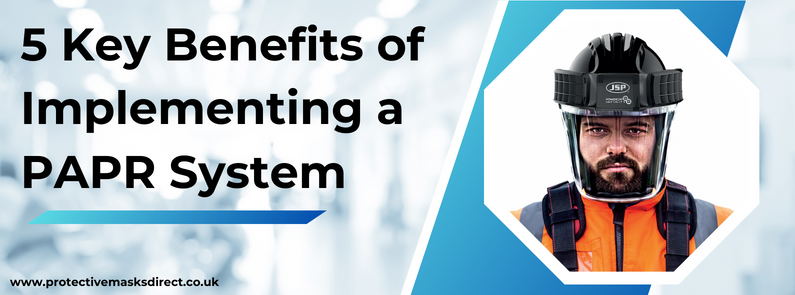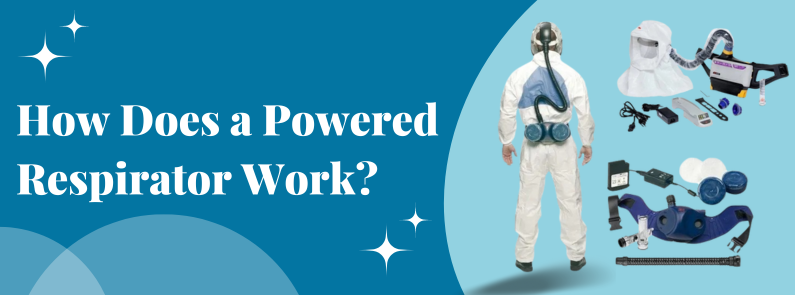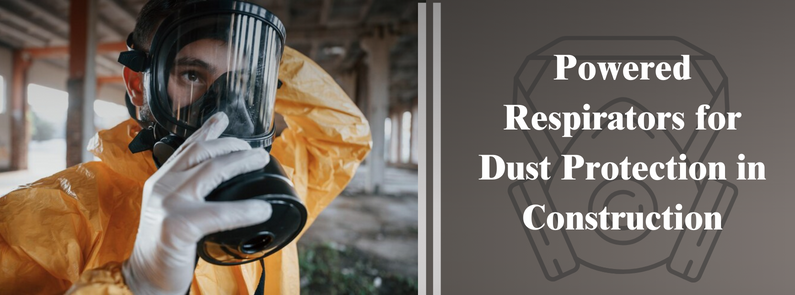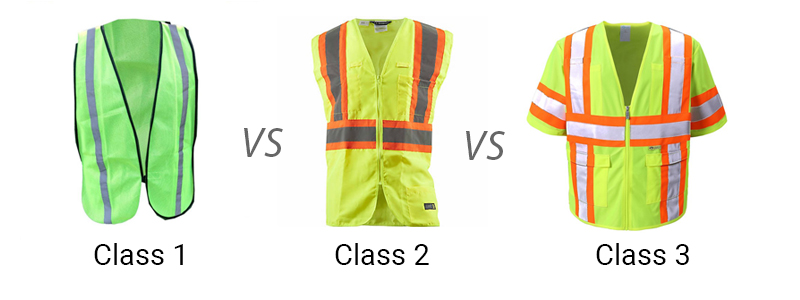
Safety vests are one of the most common things that you will see when in fields or on construction sites. Safety vest as the name suggest work towards the safety of the individual. These vests are also known as high-visibility vests as the material used in the vests is used to make the person visible to everyone at any hour, especially at night. These safety vests are available in different types, namely class 1 vest, class 2 vest, and class 3 vest. This categorization is based on the amount of reflective material and the contrast fabric used in them. Authorities such as the American National Standards Institute(ANSI) approves these vests for use. It also guides the reflectivity of the tape used in the vest and defines the intensity of background fabric colors. The required visibility at any workplace depends on the hazardous nature of the workplace. If you are planning to purchase a safety vest, then the three types may confuse you.
Given below are the differences in all the three types which can help you in taking better decisions.
1. Traffic intensity
One of the primary factors of differentiation is the intensity of the traffic in the workplace as these vests serve as protection from accidents. Class 1 vests are designed for low impact areas wherein the flow of traffic is less than 25mph. The workers should not be very close to traffic to avoid injuries. These vests are generally worn by people working in low traffic areas such as parking attendants and road side working personnel. Class 2 vests are made for people who work in areas of high traffic and less visibility. Visibility here is in terms of weather conditions. The traffic flow in this case can exceed 25mph. These vests are designed for workers who are positioned at some distance from the main traffic. Airport workers, forest workers, and toll booth operators are some of the best examples of the use of such vests. Class 3 vests are designed for areas that witness heavy traffic and its flow can exceed 50 mph. Site inspectors, railway workers, and emergency responders usually wear these vests. Workers who work near the roads at night time are advised to wear class 3 vests.
2. Width of the reflective tape
The class 1 vests are supposed to have at least 155 square inches of reflective tape. The dimension of the reflective tape can be either 9.39 linear feet of 1 3/8-inch tape or 6.46 linear feet of 2-inch tape. For the class 2 type of vest, at least 201 square inches of reflective tape is needed. Dimension wise the tape can be either 12.2 linear feet of 1 3/8-inch tape or 8.373 linear feet of 2-inch tape. In the case of a class 3 vest, 310 square inches of the reflective tape is the minimum requirement where the dimension is 12.92 linear feet and 2-inches in width.
3. Placement and color of the reflective tape
The reflective tape for the class 1 vest should be placed as a 360-degree stripe in the middle, above the shoulders. The color of the vest can be orange or bright yellow. In class 2 vests also the reflective stripes should be placed over each shoulder. It should be around the middle in single or double 360-degree horizontal stripes. Class 3 vest requires a full silhouette outline. If any vehicle approaches the person at night then they should be visible in the headlight. The reflective materials are required to be put on the arms as well as the legs. The requirement of class 3 vests is more than the other two types owing to the high susceptibility of the person for the workplace hazards.
Besides safety vests, you would also need other workplace safety equipment such as a dust mask respirator. You may also have some special requirements such as asbestos PPE. If you are looking forward to purchasing any of these then you can visit our website. We sell protective face masks and clothing of all types. You can also find disposable coveralls with us. Contact us today to get the best quality protective clothing and kit.

